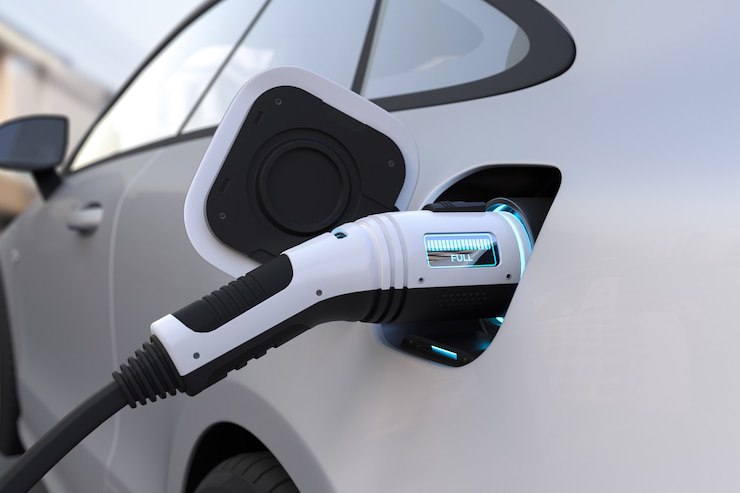Electric vehicle (EV) batteries are the silent champions powering the green revolution in transportation. These batteries operate on a sophisticated yet efficient principle, enabling the seamless conversion of electrical energy into the power that propels electric vehicles.
Battery Chemistry
Most electric vehicles employ lithium-ion batteries, known for their high energy density, lightweight design, and efficiency. Within these batteries, lithium ions move between positive and negative electrodes during charging and discharging, facilitating the flow of electrical energy.
Charging Process
When an electric vehicle is plugged in for charging, an external power source provides electrical energy to the battery. This electricity prompts the lithium ions in the battery’s anode to move towards the cathode, storing energy for later use. The charging process is reversible, allowing for repeated cycles of charging and discharging.
Discharging And Powering The Electric Motor
When the electric vehicle is in motion, the discharging process occurs. The stored energy in the battery is released as the lithium ions move back to the anode, creating a flow of electrons. This flow of electrons powers the electric motor, generating the mechanical energy needed to propel the vehicle.
Range And Performance
The efficiency and capacity of an electric vehicle’s battery directly impact its range and performance. Advances in battery technology continue to enhance energy density, longevity, and charging speeds, addressing key factors influencing the widespread adoption of electric vehicles.
In essence, electric vehicle batteries serve as the energy reservoir, enabling sustainable and emission-free transportation. As technology advances, the evolution of battery technology plays a pivotal role in shaping the future of electric mobility, making it more accessible, efficient, and environmentally friendly.
Also Read:
- What Is An Electric Car?
- What Is The Significance Of Electric Vehicles
- What Are The Different Types Of Electric Vehicles?

